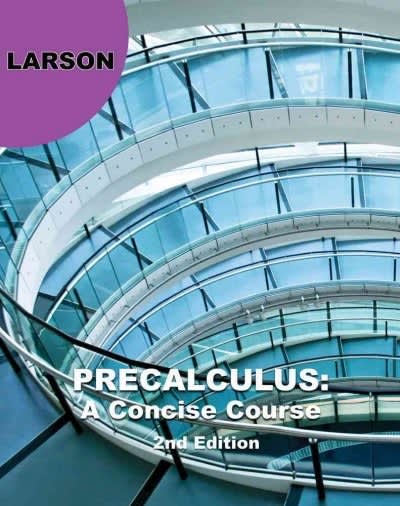Answered step by step
Verified Expert Solution
Question
1 Approved Answer
Calculus: 2-3 10. [0.08/0.09 Points] DETAILS PREVIOUS ANSWERS SESSCALC2 3.3.037.MI.SA. MY NOTES ASK YOUR TEACHER PRACTICE ANOTHE This question has several parts that must be




Calculus:
2-3




Step by Step Solution
There are 3 Steps involved in it
Step: 1

Get Instant Access to Expert-Tailored Solutions
See step-by-step solutions with expert insights and AI powered tools for academic success
Step: 2

Step: 3

Ace Your Homework with AI
Get the answers you need in no time with our AI-driven, step-by-step assistance
Get Started


